Whether we are prepared or not, PWS eventually demands that we secure the food in our homes. When we implement food security, we help keep our loved one safe. Though food security will ultimately help create relative safety and peace in our lives, planning for it may be a daunting and overwhelming task. But it doesn’t have to be. For some families, this job is outsourced to a professional kitchen renovator. For others, homeowners and renters alike, budget and space are a challenge. If this is you, here are some ideas to hopefully ease the burden of planning and help you attain food security.
Locked Doors and Makeshift Pantries
For kitchens with a typical door-sized entrance, install a door with a key lock and deadbolt. If you live in a rental, whether a house or an apartment, reach out to your rental agency or property owner. Discuss the logistics of installing a door. PWSA | USA is here to help advocate. Please contact us if you need a letter or informational resources to help with your case. Adding a lockable door to a kitchen can be a simple, cost-effective solution.
Open-concept kitchens may require more planning and logistics. This is especially true if you don’t have space or the funds to build a separate pantry. Notice the closet space you have available. Perhaps your winter coats can be stored in a tub in another room. There are a variety of affordable shelving options, whether at your local thrift store or online. Install those in your closet, add a deadbolt to the door, and call it a pantry.
Ways to Lock Away Food
Adding locks on cabinets or refrigerators is another solution. Padlocks and bike locks can be used to secure two handles together, whether a cabinet or a fridge. PWSA sells “marine locks” that other families have found useful. They can be used on single-door refrigerators and cabinets. Simply adhere the two plates to a base and the door. They connect via steel bars and are secured with a padlock. For those who do not want to attach something to their refrigerator, a chain will work well. Find a length of chain long enough to wrap around your fridge. Leave enough room to connect the two ends with a padlock.
Other Food Security Details
If the kitchen trash is an issue in your household, try making space in a lockable pantry or closet. Also consider separating your food waste into a smaller bag, then take it out after each meal or when appropriate. Some homes, both family and group, use alarms on the kitchen door or the fridge to help monitor access. This is not technically food security as the food is still accessible. However, it may be a momentary deterrent until a more permanent solution can be found.
Resources and Community Tips
Food security is not always as glamorous as a newly remodeled kitchen, but every family deserves it. Do you have food security tips to share with the community? Then please scroll down and fill in the "Share Your Food Security Tips" form. If you are looking for helpful ideas and tips on keeping your loved one safe within the home, please check out these resources.
Share Your Food Security Tips
Share this!


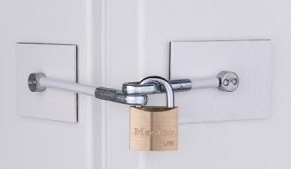
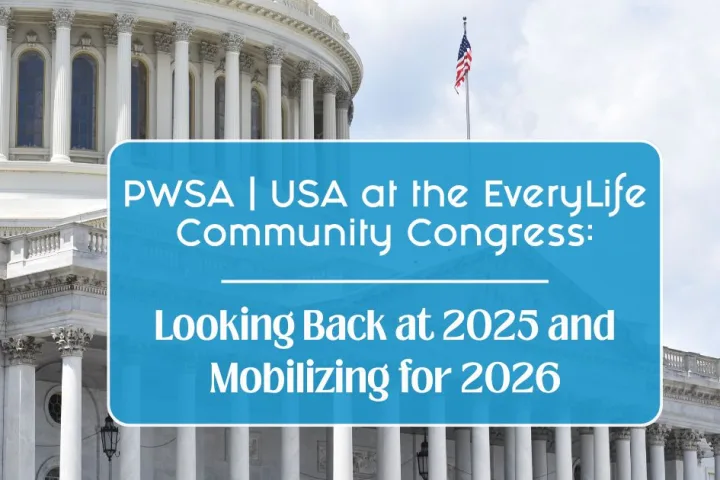


 Perry A. Zirkel has written more than 1,500 publications on various aspects of school law, with an emphasis on legal issues in special education. He writes a regular column for NAESP’s Principal magazine and NASP’s Communiqué newsletter, and he did so previously for Phi Delta Kappan and Teaching Exceptional Children.
Perry A. Zirkel has written more than 1,500 publications on various aspects of school law, with an emphasis on legal issues in special education. He writes a regular column for NAESP’s Principal magazine and NASP’s Communiqué newsletter, and he did so previously for Phi Delta Kappan and Teaching Exceptional Children. Jennifer Bolander has been serving as a Special Education Specialist for PWSA (USA) since October of 2015. She is a graduate of John Carroll University and lives in Ohio with her husband Brad and daughters Kate (17), and Sophia (13) who was born with PWS.
Jennifer Bolander has been serving as a Special Education Specialist for PWSA (USA) since October of 2015. She is a graduate of John Carroll University and lives in Ohio with her husband Brad and daughters Kate (17), and Sophia (13) who was born with PWS.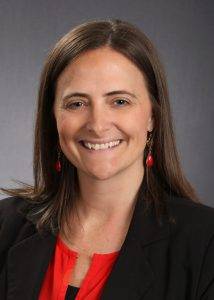 Dr. Amy McTighe is the PWS Program Manager and Inpatient Teacher at the Center for Prader-Willi Syndrome at the Children’s Institute of Pittsburgh. She graduated from Duquesne University receiving her Bachelor’s and Master’s degree in Education with a focus on elementary education, special education, and language arts.
Dr. Amy McTighe is the PWS Program Manager and Inpatient Teacher at the Center for Prader-Willi Syndrome at the Children’s Institute of Pittsburgh. She graduated from Duquesne University receiving her Bachelor’s and Master’s degree in Education with a focus on elementary education, special education, and language arts.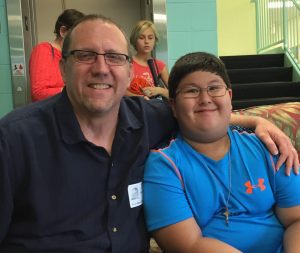 Evan has worked with the Prader-Willi Syndrome Association (USA) since 2007 primarily as a Crisis Intervention and Family Support Counselor. Evans works with parents and schools to foster strong collaborative relationships and appropriate educational environments for students with PWS.
Evan has worked with the Prader-Willi Syndrome Association (USA) since 2007 primarily as a Crisis Intervention and Family Support Counselor. Evans works with parents and schools to foster strong collaborative relationships and appropriate educational environments for students with PWS.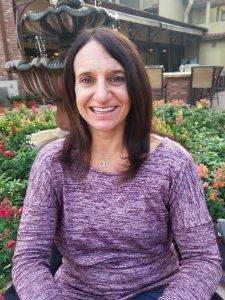 Staci Zimmerman works for Prader-Willi Syndrome Association of Colorado as an Individualized Education Program (IEP) consultant. Staci collaborates with the PWS multi-disciplinary clinic at the Children’s Hospital in Denver supporting families and school districts around the United States with their child’s Individual Educational Plan.
Staci Zimmerman works for Prader-Willi Syndrome Association of Colorado as an Individualized Education Program (IEP) consultant. Staci collaborates with the PWS multi-disciplinary clinic at the Children’s Hospital in Denver supporting families and school districts around the United States with their child’s Individual Educational Plan. Founded in 2001, SDLC is a non-profit legal services organization dedicated to protecting and advancing the legal rights of people with disabilities throughout the South. It partners with the Southern Poverty Law Center, Protection and Advocacy (P&A) programs, Legal Services Corporations (LSC) and disability organizations on major, systemic disability rights issues involving the Individuals with Disabilities Education Act (IDEA), Americans with Disabilities Act (ADA), and the federal Medicaid Act. Recently in November 2014, Jim retired.
Founded in 2001, SDLC is a non-profit legal services organization dedicated to protecting and advancing the legal rights of people with disabilities throughout the South. It partners with the Southern Poverty Law Center, Protection and Advocacy (P&A) programs, Legal Services Corporations (LSC) and disability organizations on major, systemic disability rights issues involving the Individuals with Disabilities Education Act (IDEA), Americans with Disabilities Act (ADA), and the federal Medicaid Act. Recently in November 2014, Jim retired.